20 Wild Animals in Poland [Wildlife in Poland]
Want to know more about the wildlife in Poland?
Discover 20 wild animals in Poland in this post, as well as interesting facts about them. 🇵🇱
Learn All About Polish Animals
Ready to learn all about Polish animals?
I’ve always been fascinated by animals, and by how they can be so different from one country to another. In this guide, we’ll focus on the many animals Poland has on the land, in the sky, and underwater.
I’ve split the guide into 5 categories:
- Native animals of Poland
- Endangered animals of Poland
- What Poland national animal?
- How many animals native to Poland?
- What is the most common animal in Poland?
Let’s dive in right away with our first category!
Native Animals from Poland
Poland is a European country located in the central part of the continent, south of the Baltic Sea. It is the fifth-most populous country of the European Union, has been inhabited for thousands of years, and became very diverse in terms of culture starting in late antiquity. It is bordered by Germany, Belarus, Lithuania, Ukraine, Russia, Slovakia, and the Czech Republic, and its capital and largest city is Warsaw, which counts more than 1,795,000 inhabitants (but more than 3,100,000 if you include the metropolitan area).
An interesting part of the country that I wanted to tackle is its wildlife. In light of that, I have listed the best of it, and I hope you will love learning what animals live in Poland.
Here’s the Poland animals list.
1. European bison
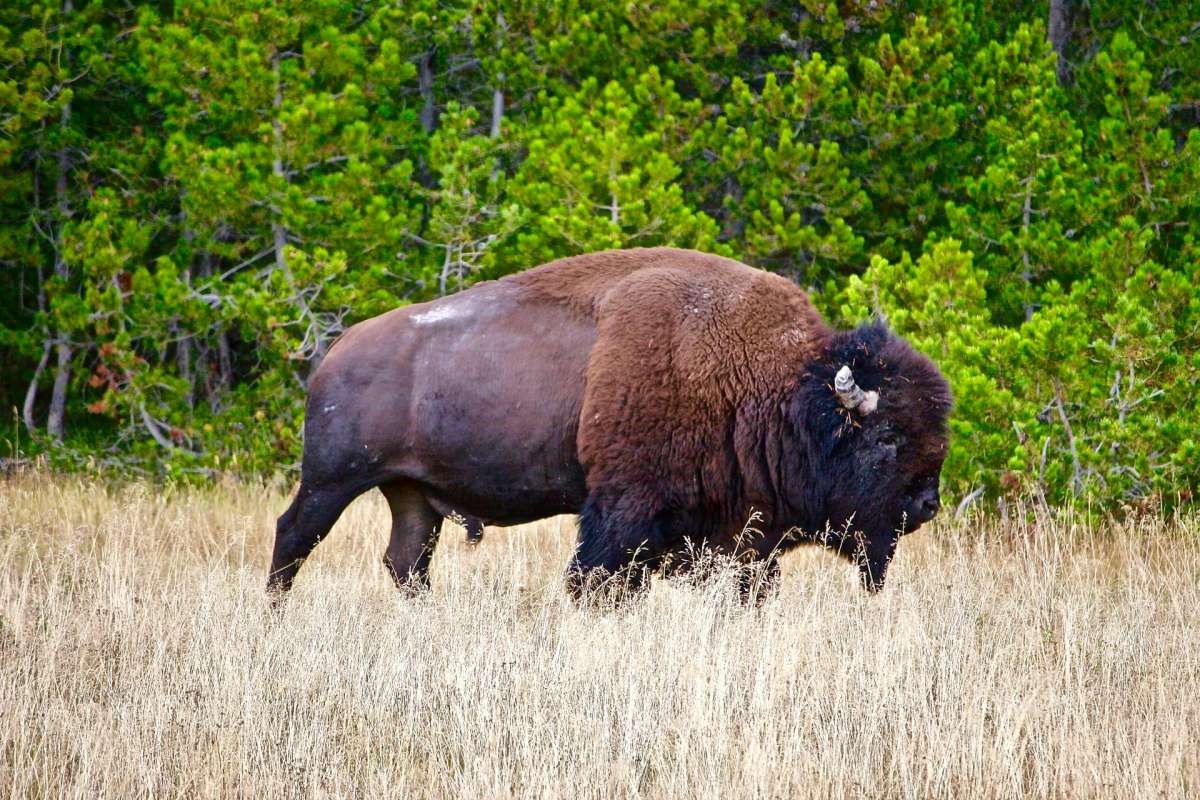
- Name: European bison
- Scientific name: Bison bonasus
- Conservation status:
The European bison, also known as the European buffalo, the wisent, or the zubr, is a species of bison that can be found in very small, scattered areas across Europe and into western Asia. In Poland, it is quite common in the UNESCO-protected, ancient Białowieża Forest, and it is one of the country’s national animals.
In fact, the last European bison in Poland was killed in 1921, but thanks to reintroduction and conservation efforts, the species has recovered in terms of numbers.
2. Eurasian beaver
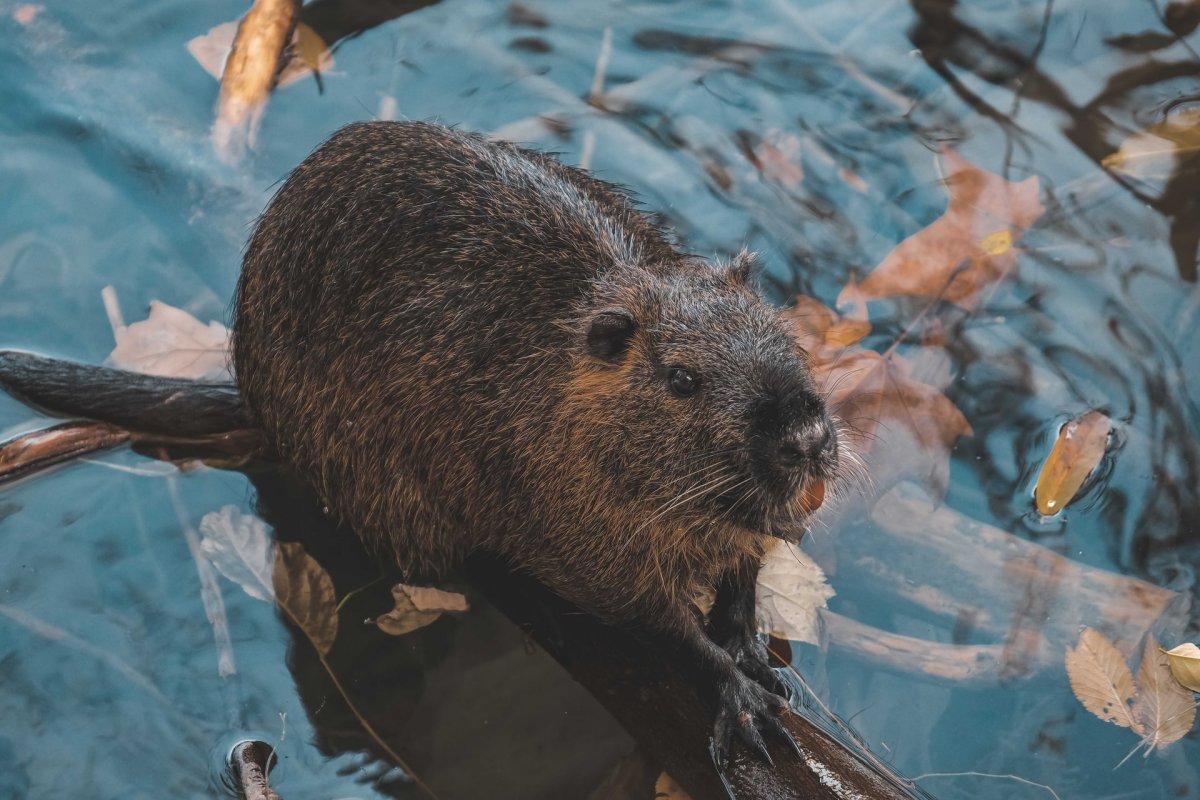
- Name: Eurasian beaver
- Scientific name: Castor fiber
- Conservation status:
The Eurasian beaver, also known as the European beaver, is a species of beaver native to much of Eurasia, from eastern Europe and Scotland to Central Russia. After being hunted to near extinction at the beginning of the 20th century, it has now recovered and has much larger numbers.
In Poland, it is fairly common, as there are about 100,000 individuals in the country, and the population is still growing. However, the Eurasian beaver was said to be responsible for flooding, and 150 of them were culled by Polish authorities.
3. Tatra chamois
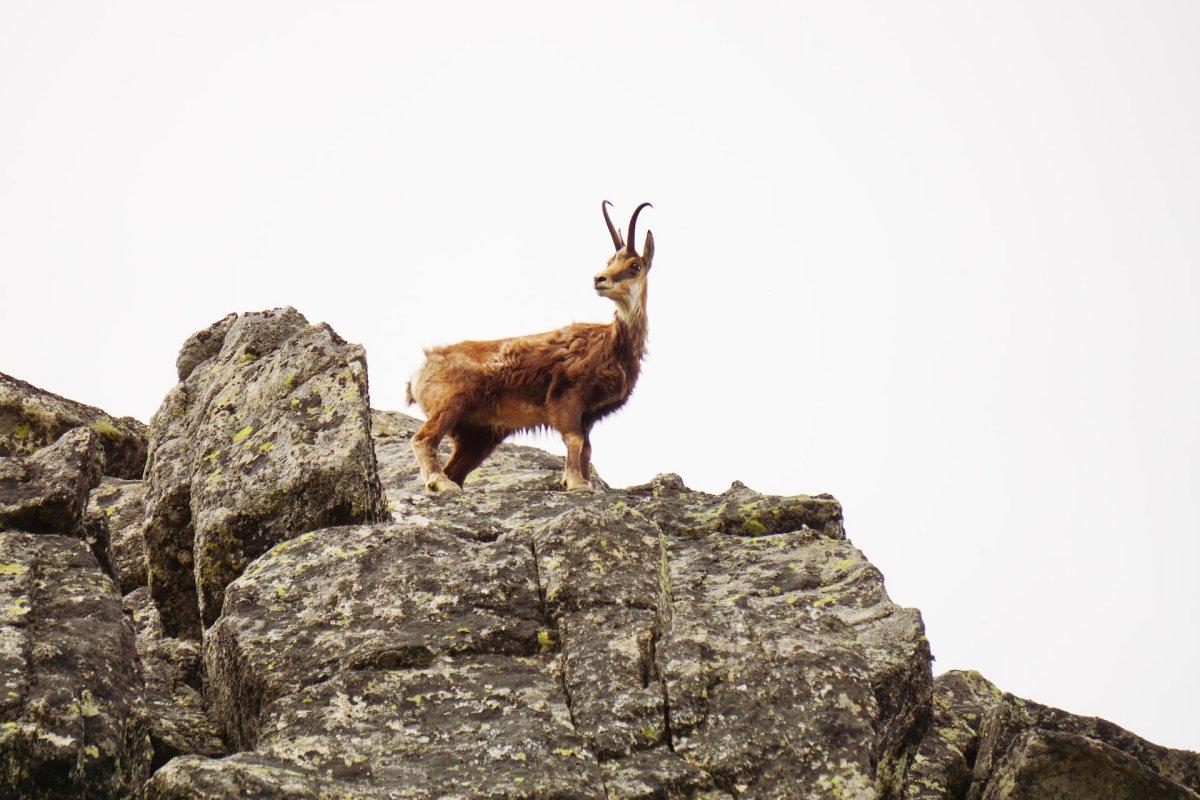
- Name: Tatra chamois
- Scientific name: Rupicapra rupicapra tatrica
- Conservation status:
The Tatra chamois is a subspecies of the chamois native to the Tatra Mountains of Poland and Slovakia. It lives all around the area, and underwent high highs and low lows in terms of population: while there were only 160 individuals left at the turn of the 21st century, there are now more than 1,000.
In order to save this species, conservation efforts were made, and tourism was strictly regulated, while poaching was more controlled.
4. Gray wolf
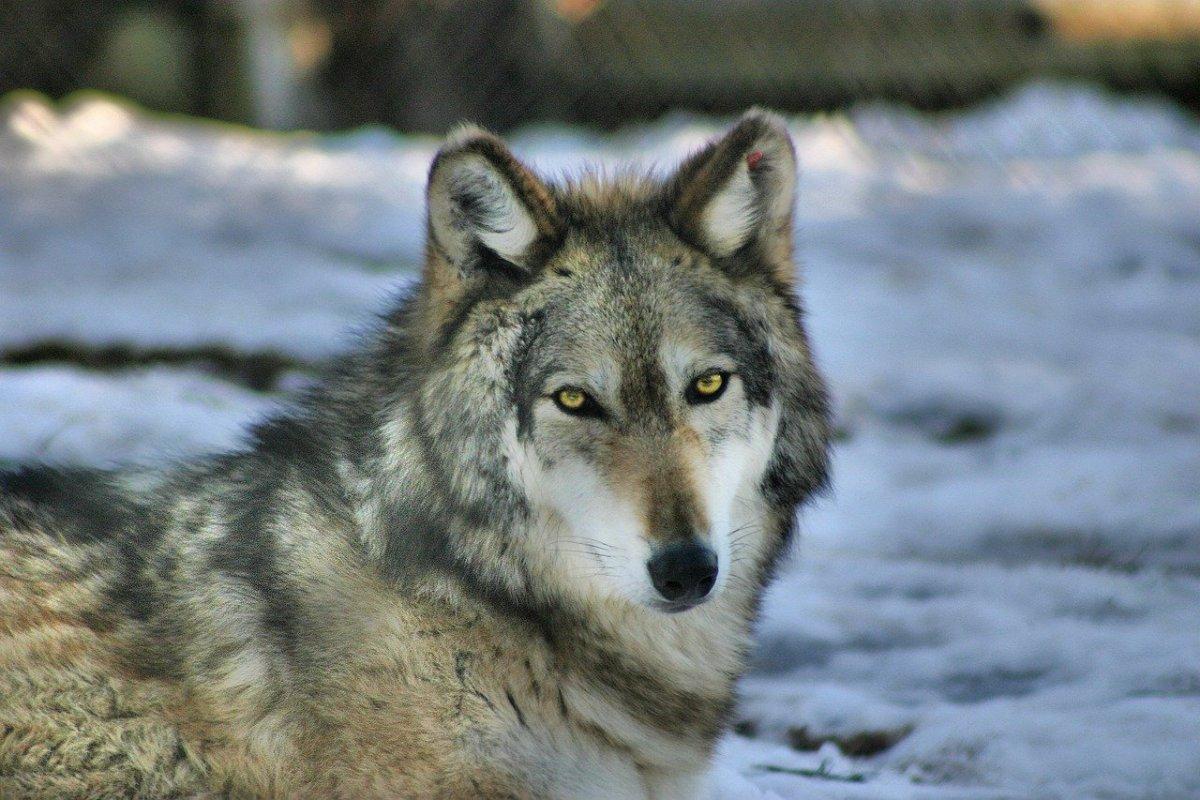
- Name: Gray wolf
- Scientific name: Canis lupus
- Conservation status:
The gray wolf is one of the most iconic animals in the world and one which has had a particularly long history of interaction with humans. It is fairly common throughout all of the Northern Hemisphere, although on the decline: there are several hundreds of thousands of individuals in the world.
The wolf is a specialized pack hunter that primarily feeds on large, wild hoofed mammals, but also livestock, carrion, small animals, and even garbage.
5. Eurasian lynx
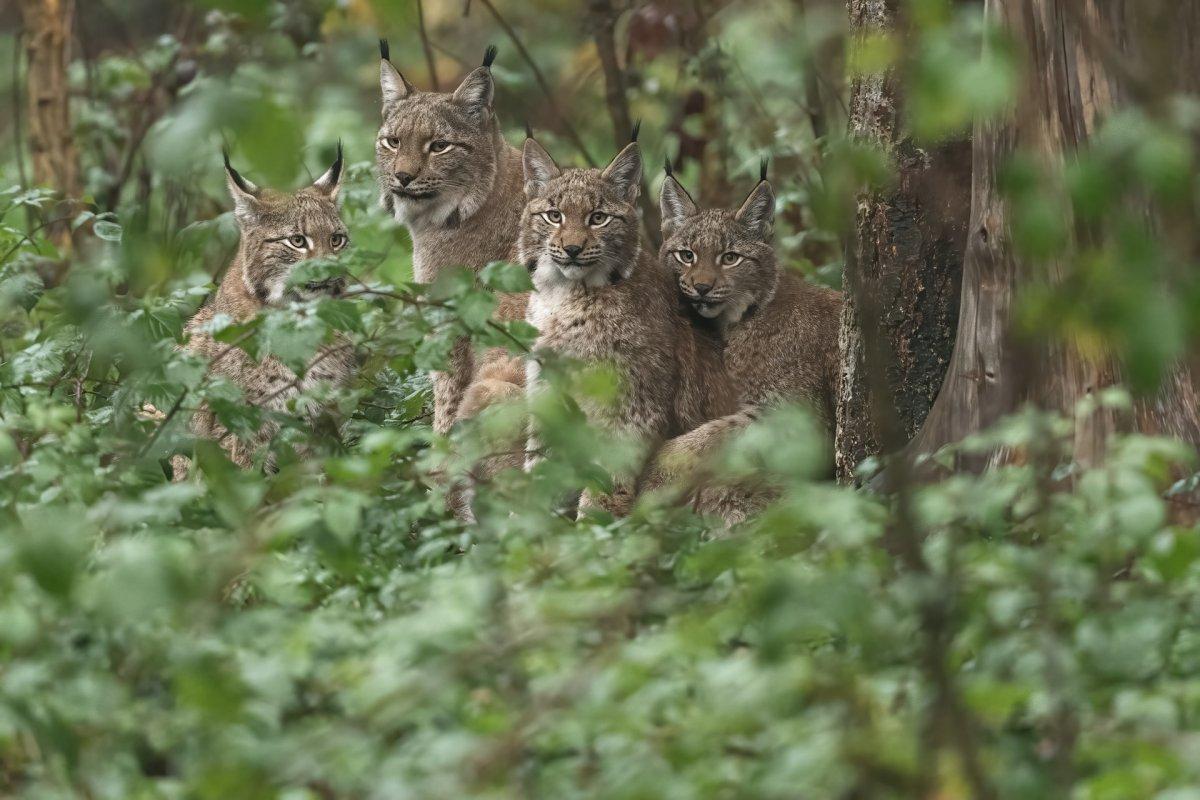
- Name: Eurasian lynx
- Scientific name: Lynx lynx
- Conservation status:
The Eurasian lynx is a medium-sized species of wild cat native to much of Europe, but also Central Asia, Siberia, the Himalayas, and the Tibetan Plateau. It is elusive and alert, and lives in the heights of the mountains, at up to 5,500 m / 18,000 ft above sea level!
In Poland, there are about 285 Eurasian lynxes. Their 2 main populations are located in the northeastern part of the country (mainly the Białowieża Forest) and in the southeastern areas, in the Carpathian Mountains.
6. Red deer
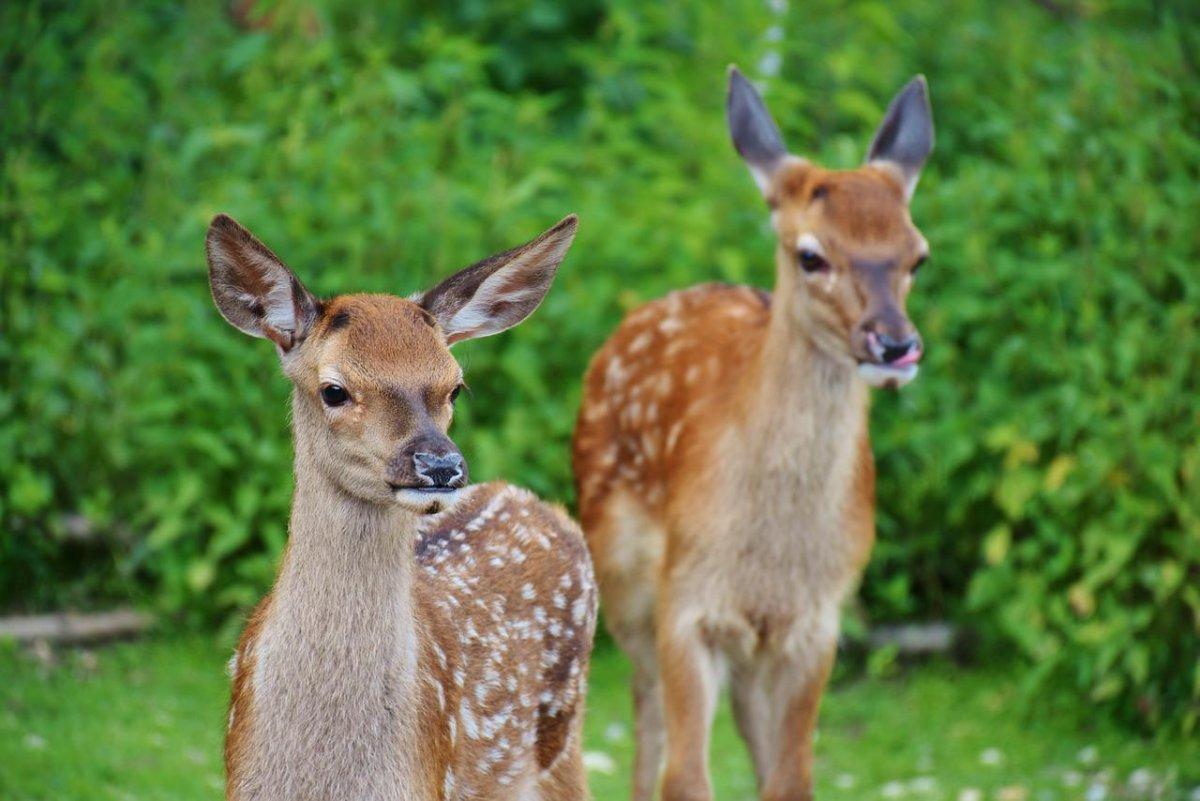
- Name: Red deer
- Scientific name: Cervus elaphus
- Conservation status:
The red deer is one of the largest deer species in the world. It is also fairly widespread and very common within its range, and is one of Europe’s most well-known animals: it has been hunted for centuries, and its antlers are kept for decorative purposes.
This deer is a symbol of nobility, and it has been featured in cave art, dating as far back as 40,000 years ago!
7. Wild boar
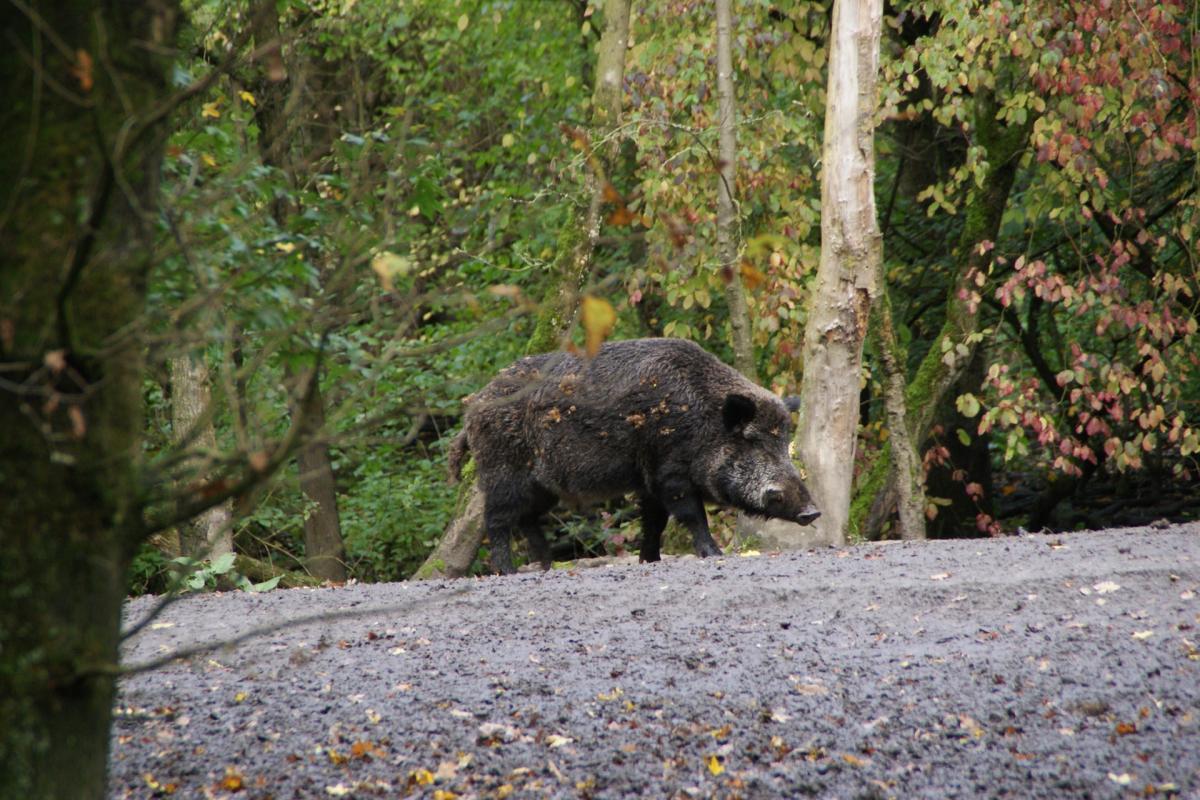
- Name: Wild boar
- Scientific name: Sus scrofa
- Conservation status:
The wild boar, also known as the wild pig, the wild swine, the common wild pig, or the Eurasian wild pig, is a species of suid native to Eurasia and North Africa and introduced to other continents such as Oceania and the Americas. It is a highly versatile omnivore that can fit into almost any sort of habitat and feed on practically anything, hence its success as a species.
A particular threat to the wild boar in Poland is the swine plague, which spreads very rapidly.
8. White stork
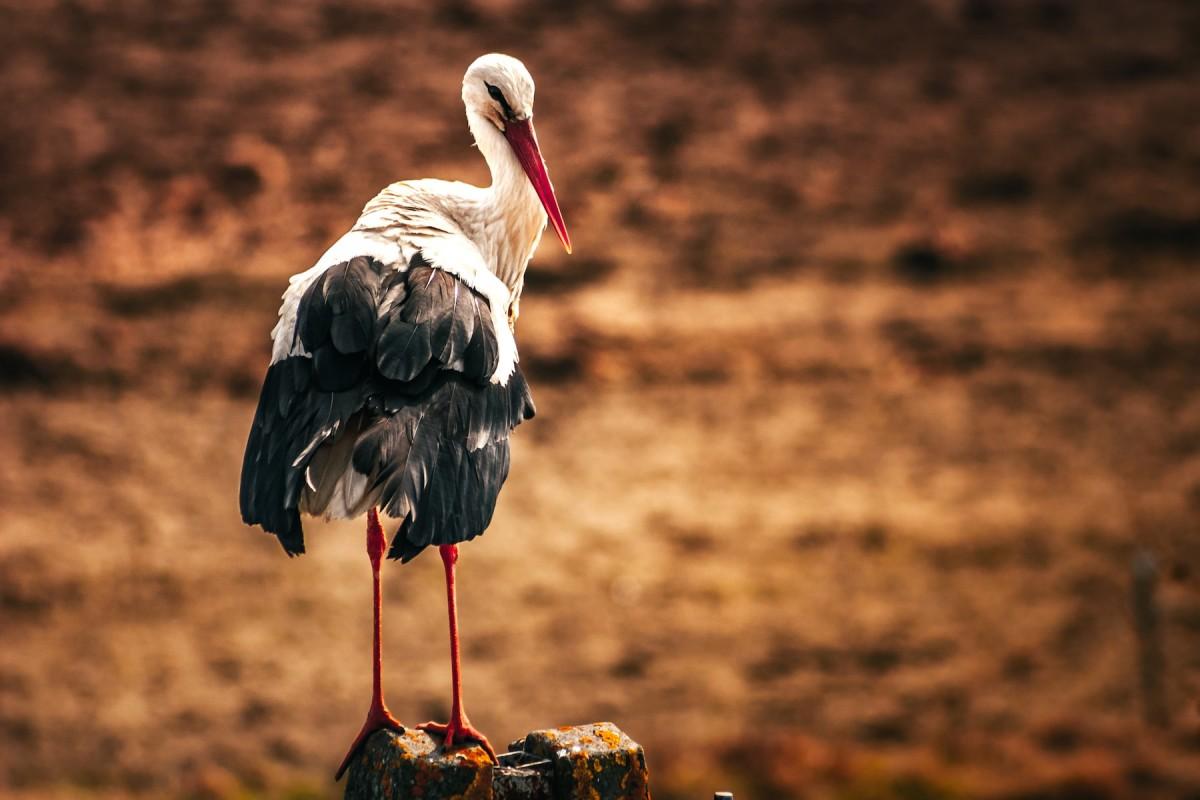
- Name: White stork
- Scientific name: Ciconia ciconia
- Conservation status:
The white stork is a large species of bird native to Eurasia, the Middle East, western Asia, and North Africa, but migrating to the Arabian Peninsula and sub-Saharan Africa during the winter. About one-fourth of the world’s population of white storks lives in Poland (roughly 52,500 pairs), and the country is known for its many migratory birds.
White storks are known to disrupt the electricity supply in Poland by nesting on top of pylons, which is why poles have been modified, and man-made stork nests started to appear.
9. Roe deer
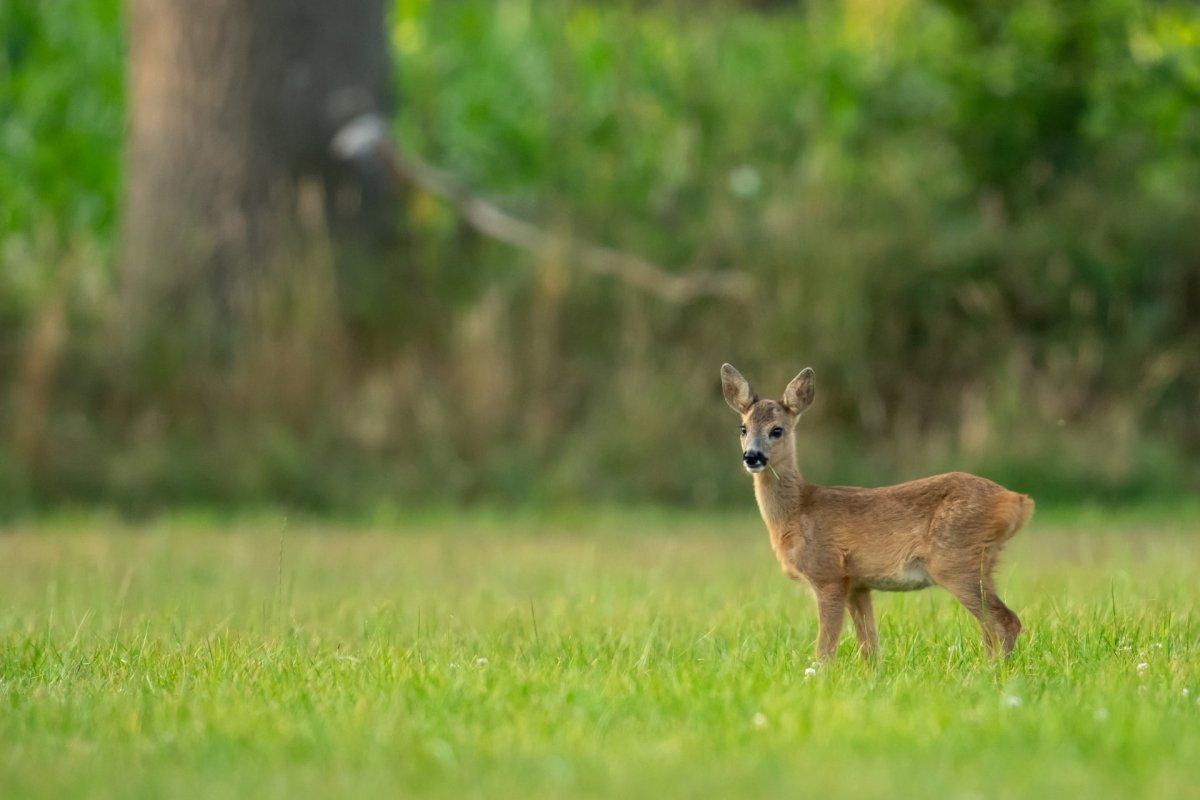
- Name: Roe deer
- Scientific name: Capreolus capreolus
- Conservation status:
The roe deer, also known as the European roe or the western roe deer, is a species of deer native to almost all of Europe and into the Middle East, except for a few insular areas. It hides in dense woodlands during the day and emerges into more open agricultural areas at dusk.
In Poland, it is participating in hybridization, particularly with the Siberian roe deer, and it is very difficult for hunters to know what their target is now.
10. European hedgehog
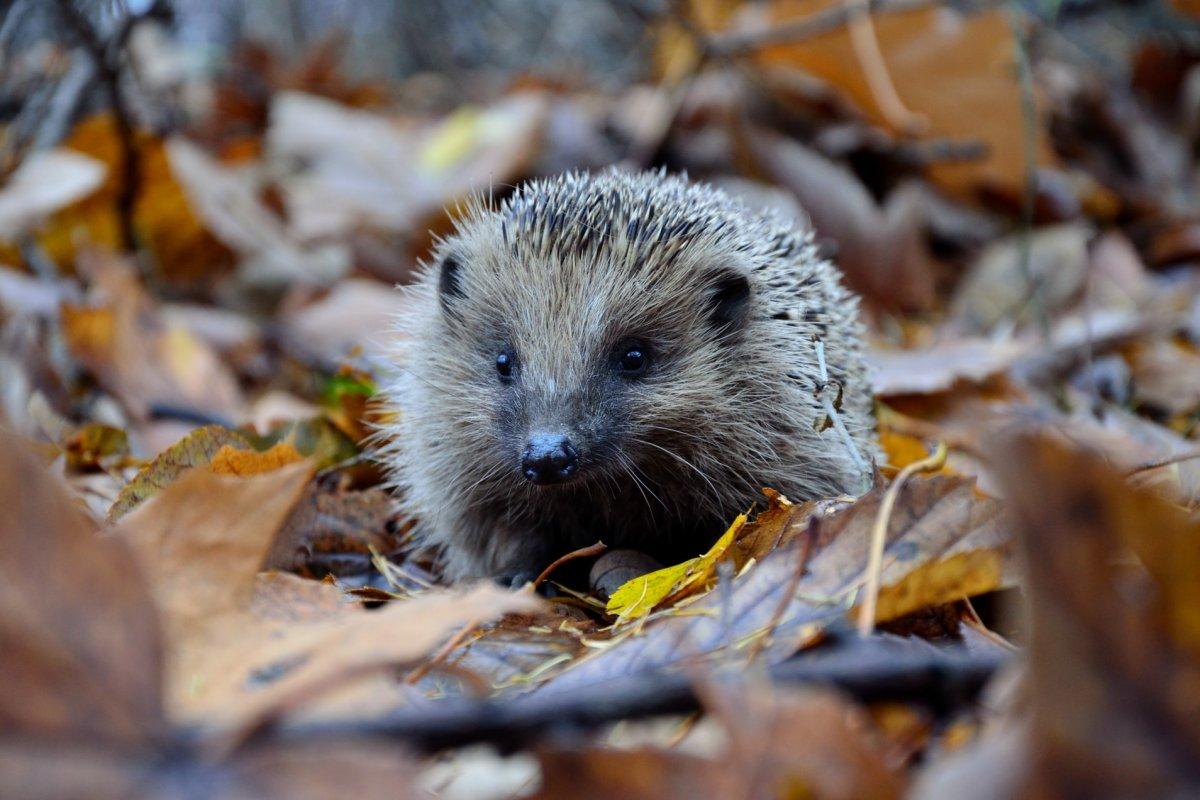
- Name: European hedgehog
- Scientific name: Erinaceus europaeus
- Conservation status:
The European hedgehog, also known as the West European hedgehog or the common hedgehog, is a species of hedgehog native to almost all of Europe, from the Iberian Peninsula to Scandinavia. It has also been introduced to New Zealand.
This hedgehog is very common within its range, and it is a known garden dweller, where it is largely appreciated for its tendency to feed on lots of garden pests.
11. Eurasian brown bear
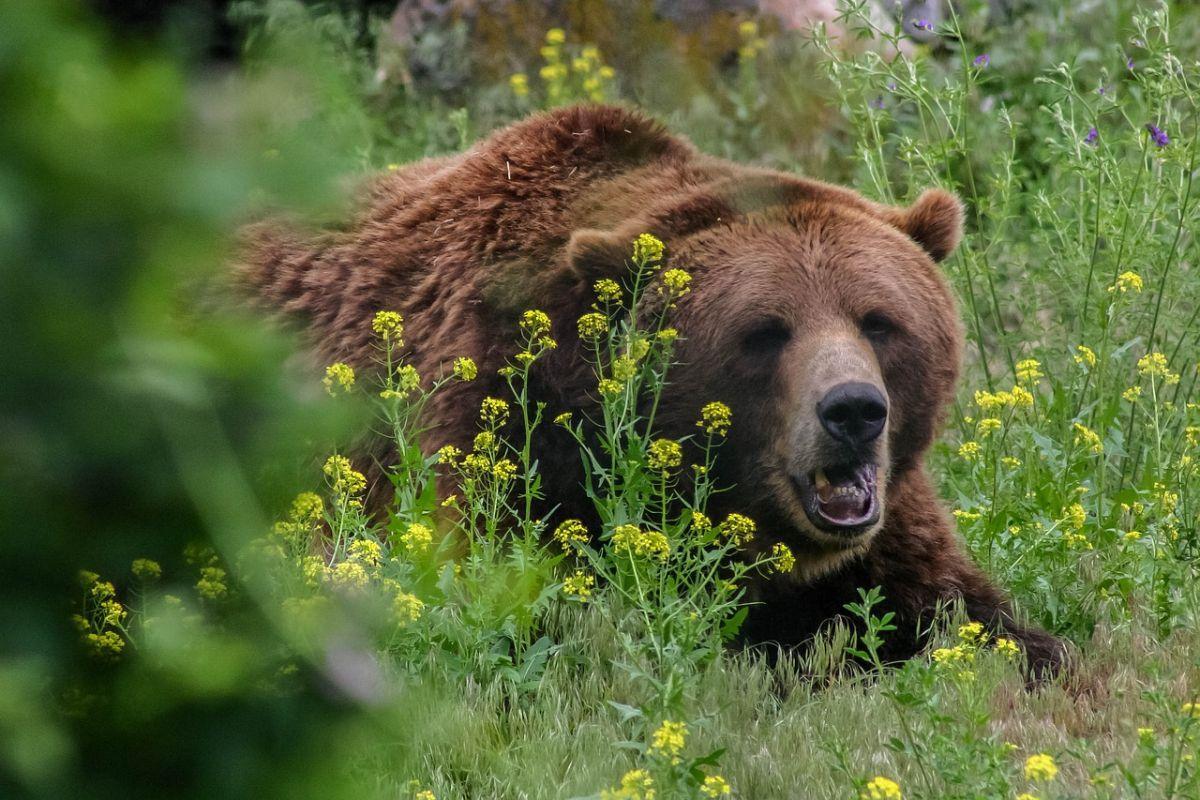
- Name: Eurasian brown bear
- Scientific name: Ursus arctos arctos
- Conservation status:
The Eurasian brown bear, also known as the common brown bear, the common bear, or the European brown bear, is a subspecies of the brown bear native to most of Eurasia. It has had a long history of interactions with humans, being used for fighting in arenas in Ancient Rome. Also, it is an important part of European folklore and tales, such as the Brothers Grimm’s.
The Polish population of the Eurasian brown bear is fairly large.
12. Red fox
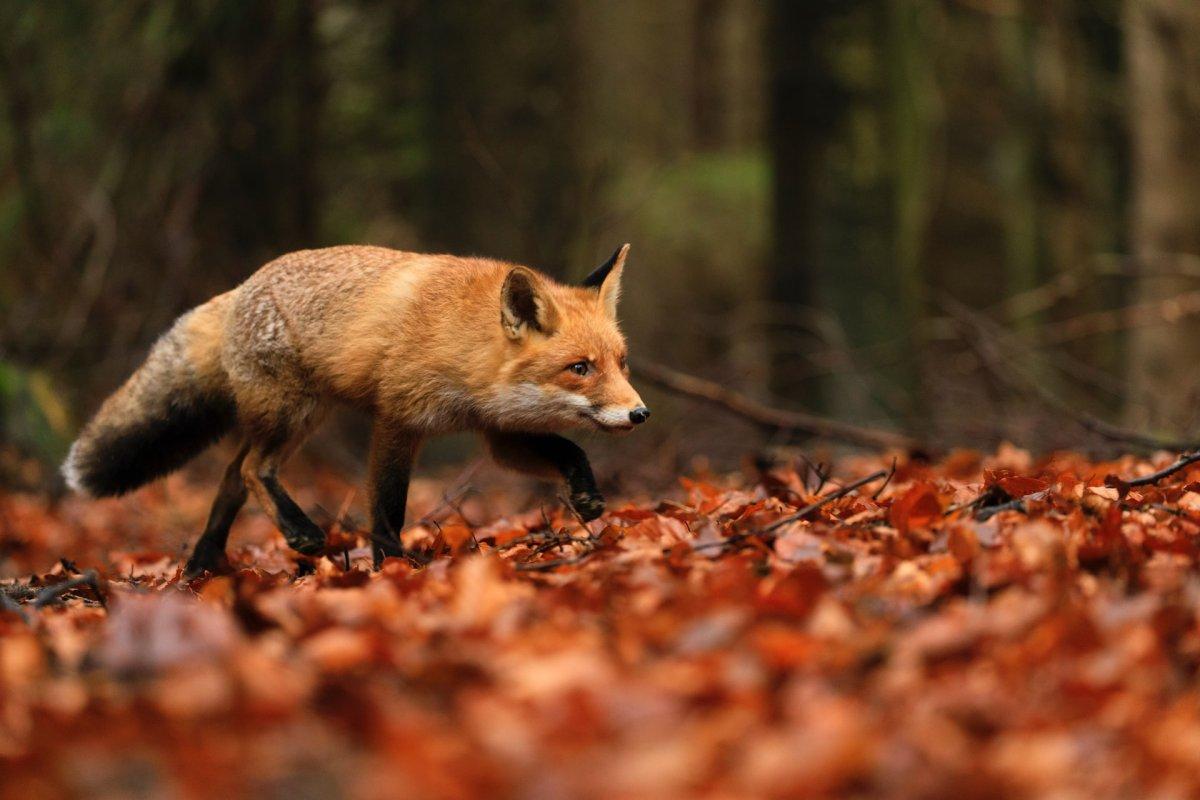
- Name: Red fox
- Scientific name: Vulpes vulpes
- Conservation status:
The red fox is the largest species of true fox in the world, and one of the most successful species on the planet: it can be found on almost every continent, is extremely versatile, and its range grows alongside the human expansion. In Australia, where it has been introduced, the red fox has had devastating effects on local biodiversity and is considered a serious pest.
This fox is omnivorous and feeds on anything from small rodents to reptiles, fruit, and vegetables.
13. White-tailed eagle
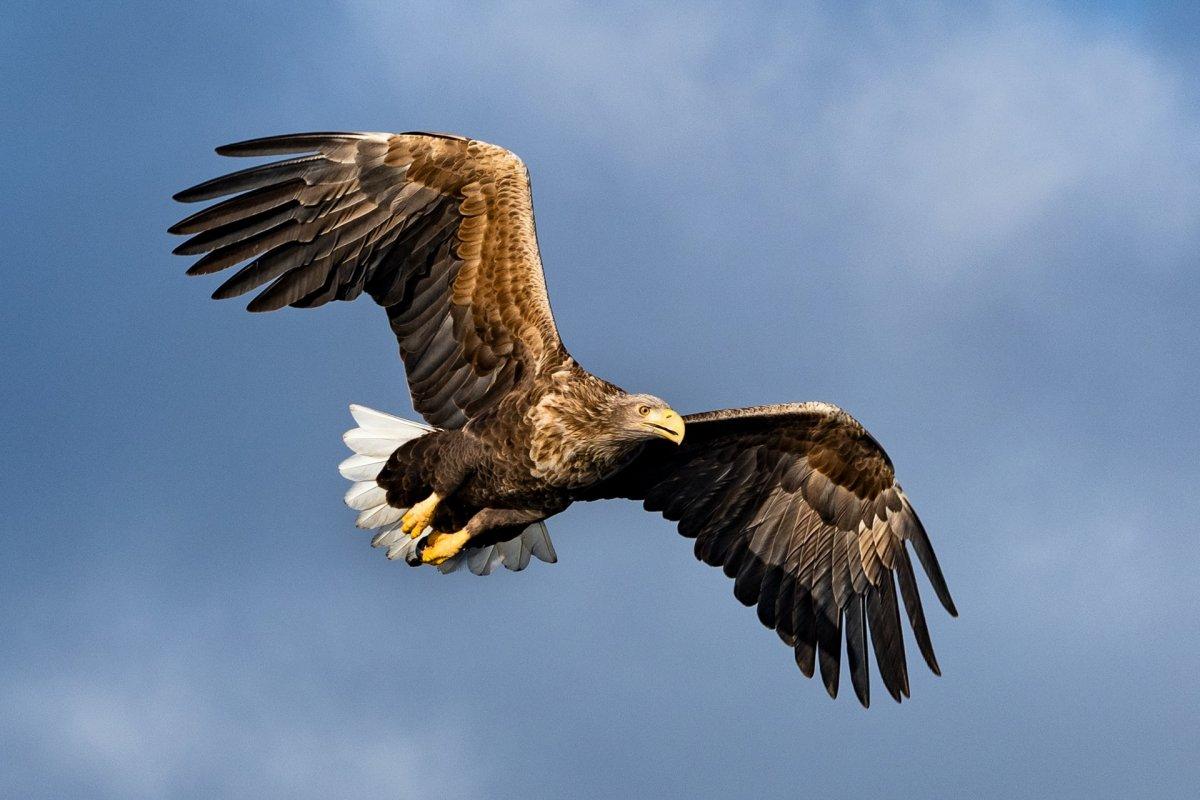
- Name: White-tailed eagle
- Scientific name: Haliaeetus albicilla
- Conservation status:
The white-tailed eagle, also known as the gray sea eagle, the Eurasian sea eagle, or the ern, is a very large species of eagle native to temperate Eurasia. It migrates to southern and southeastern Asia during the winter and can be found as far north as Greenland when it comes to nesting.
This eagle lives in the northern and northeastern parts of Poland, where it is seriously threatened by lead exposure.
14. Eurasian otter
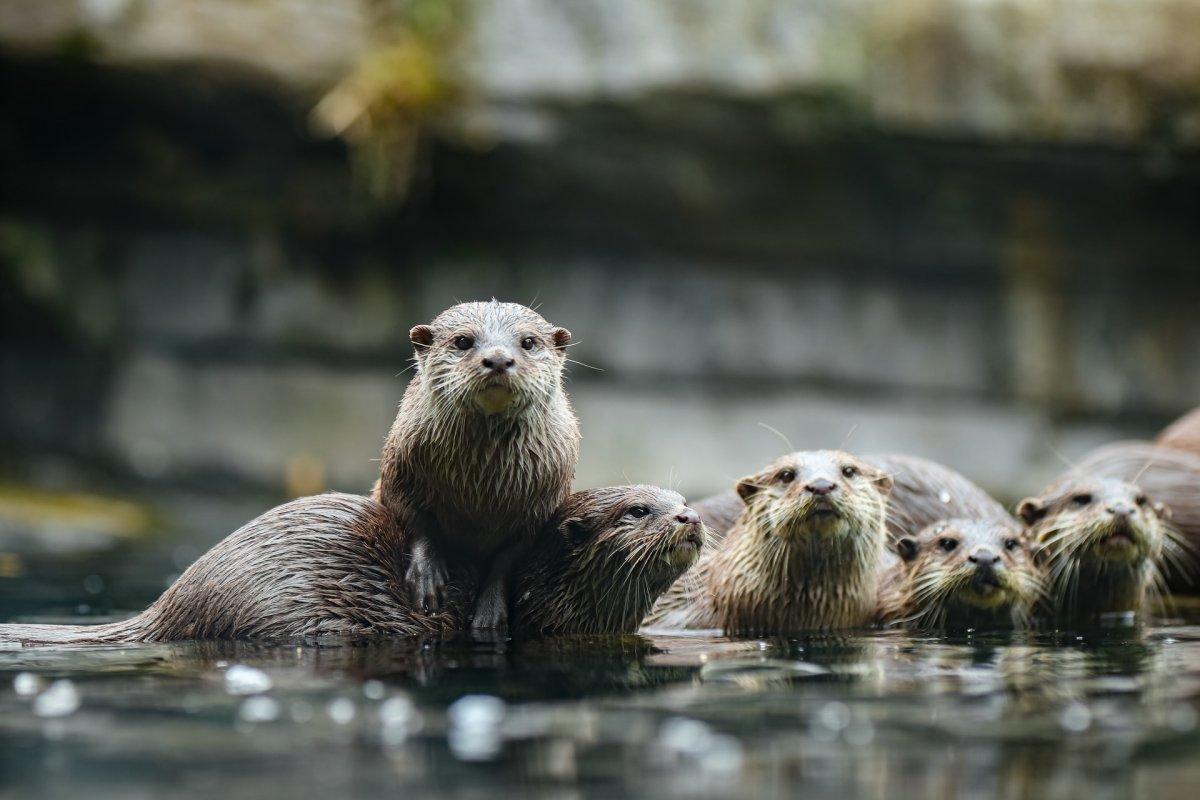
- Name: Eurasian otter
- Scientific name: Lutra lutra
- Conservation status:
The Eurasian otter, also known as the river otter, the common otter, or the Old World otter, is a species of semi-aquatic mammal native to almost all of Eurasia, from western Europe to northeastern China, the Indian subcontinent, and Indonesia.
It is primarily found in the Białowieża Forest in Poland and lives in freshwater streams across its range. Particularly adapted to swimming, the Eurasian otter mainly feeds on fish and has very sharp claws and teeth.
15. Boreal owl
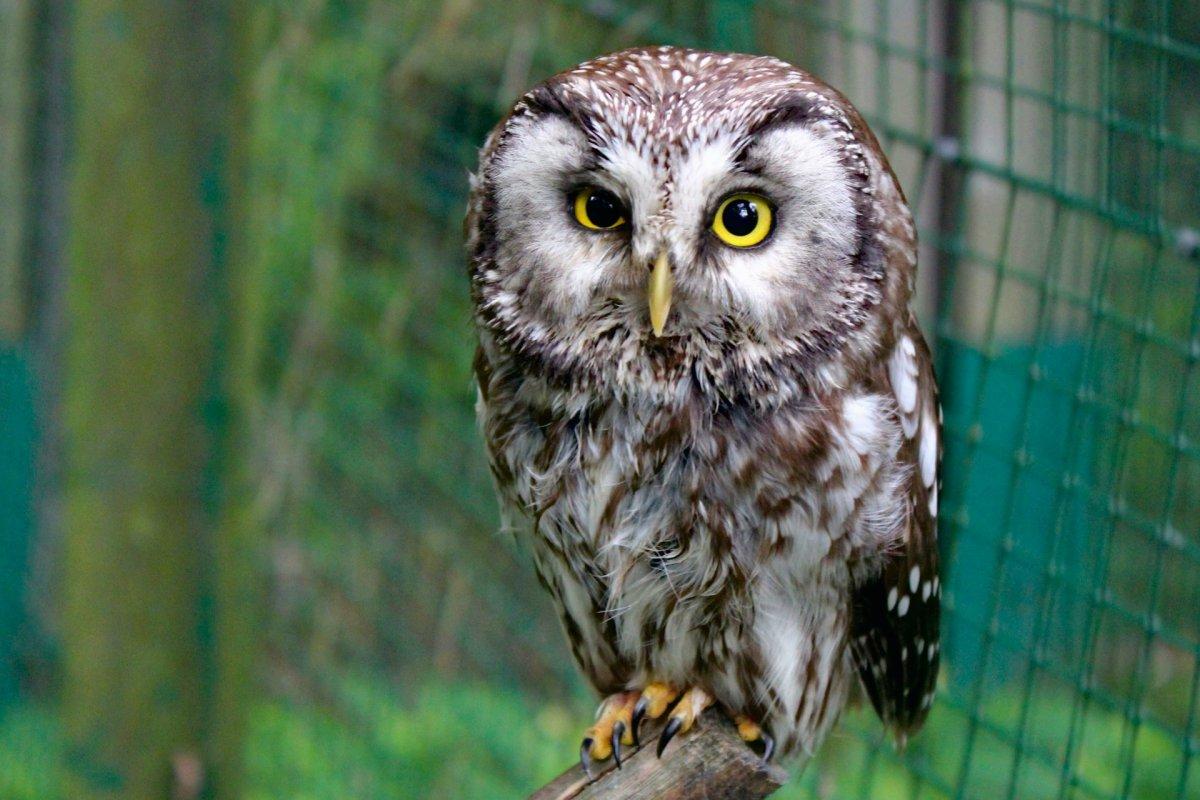
- Name: Boreal owl
- Scientific name: Aegolius funereus
- Conservation status:
Poland is a fairly cold country as a whole, and some boreal and arctic species such as the boreal owl can be found in the northern parts of the country.
Also known as Tengmalm’s owl, the boreal owl is a small species of true owl native to Eurasia and North America. It is a nocturnal bird of prey that feeds on voles and other small mammals, and it prefers dense coniferous forests.
16. Elk
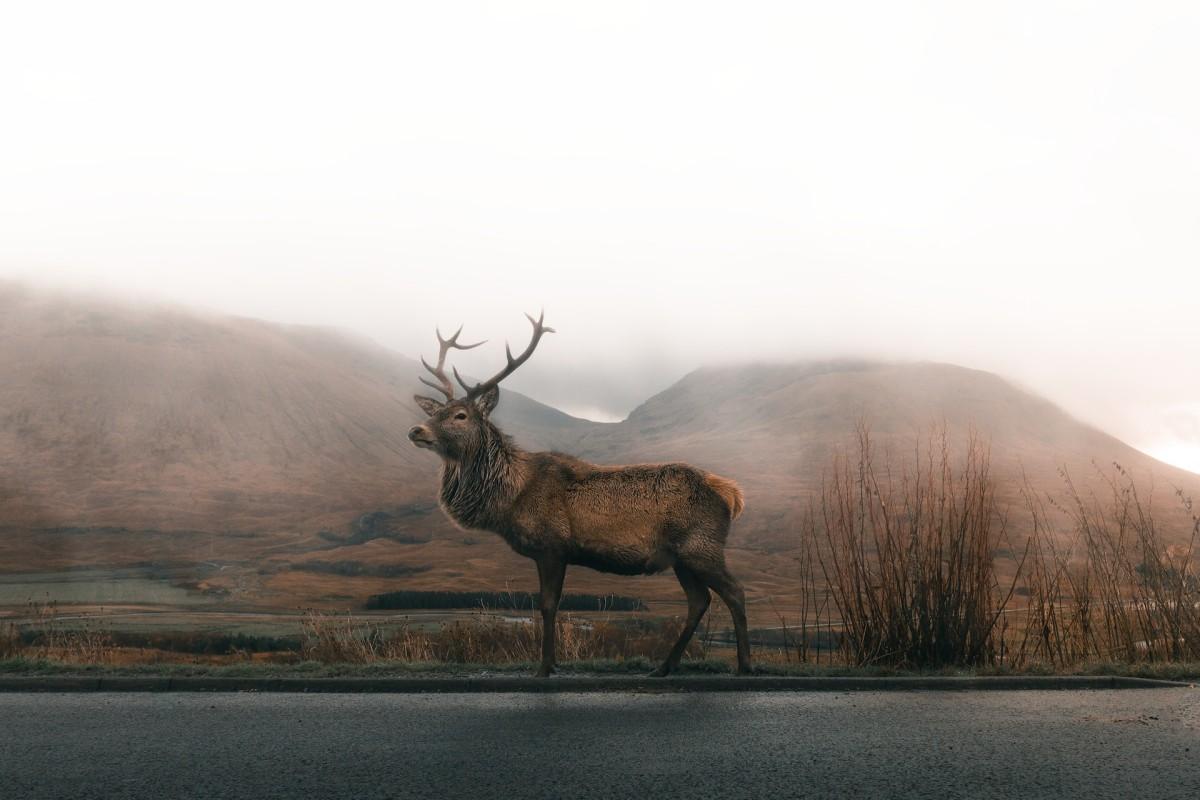
- Name: Elk
- Scientific name: Alces alces
- Conservation status:
The elk, also known as the moose, is the largest species of deer in the world. It lives in the northernmost areas of the globe, as far south as Poland and the northern United States. It has unique, characteristic, and extremely large antlers, and it feeds on aquatic and terrestrial vegetation.
This deer species is unique in the sense that it does not form herds but lives on its own; its main predators outside of humans are wolves, bears, and sometimes wolverines.
17. Harbor seal
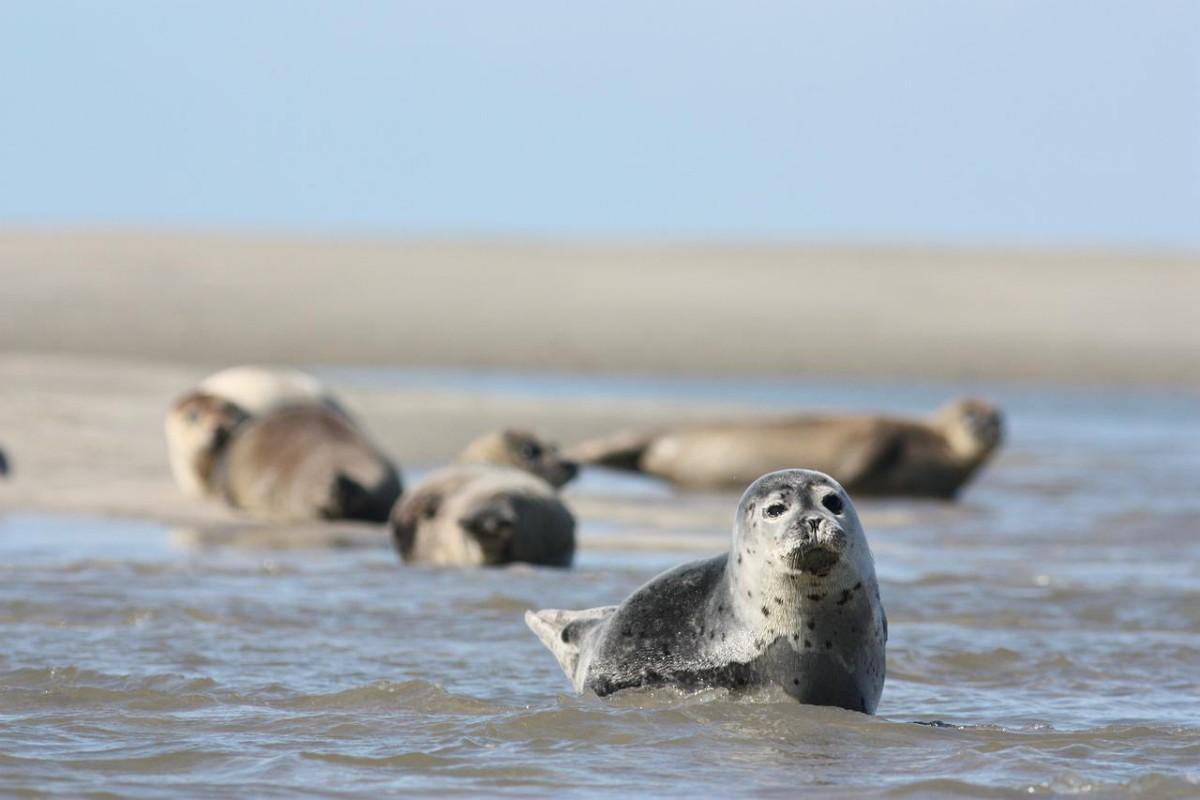
- Name: Harbor seal
- Scientific name: Phoca vitulina
- Conservation status:
You might have forgotten about it, but Poland is bordered by the Baltic Sea in the North, and therefore also has marine wildlife!
The harbor seal, also known as the common seal, is the most widely distributed species of pinnipeds (which includes seals and walruses) in the world, found in coastal waters of the Atlantic and Pacific Oceans, as well as the North and Baltic Seas. There are about 350,000 to 500,000 individuals in the wild, and seal hunting is prohibited in many countries of their range.
18. Harbor porpoise
- Name: Harbor porpoise
- Scientific name: Phocoena phocoena
- Conservation status:
Locally considered vulnerable to extinction in Europe, the harbor porpoise is one of eight species of porpoise. It lives in coastal waters of the Atlantic and Pacific Oceans, as well as in several seas, and does not go further south than western Africa.
This porpoise has already been seen hundreds of kilometers away from the sea, and it is seriously threatened by its proximity to human activities: fishing accidents, pollution, and hunting are all wreaking havoc on the harbor porpoise’s populations.
19. European wildcat
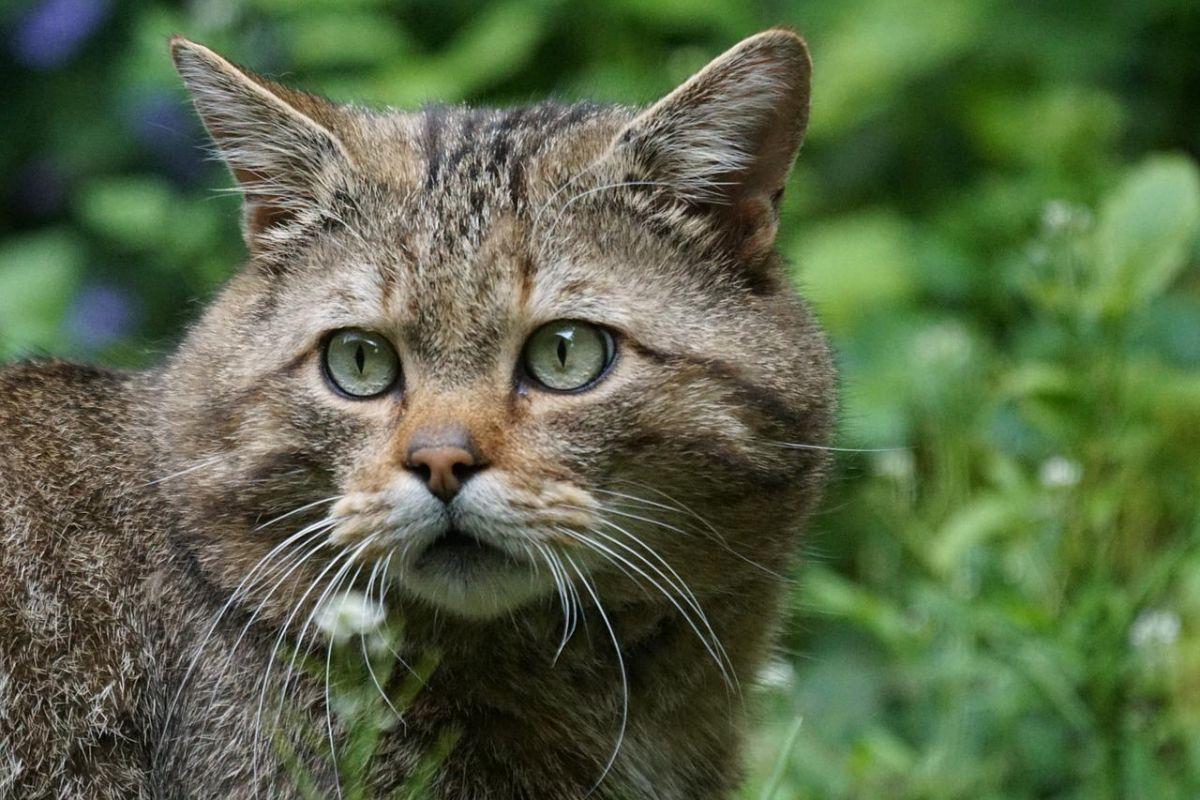
- Name: European wildcat
- Scientific name: Felis silvestris
- Conservation status:
The European wildcat is a small species of wildcat native to Europe, Turkey, the Caucasus, and Scotland. It is mainly gray and striped and has a black-tipped tail.
This wildcat is mostly nocturnal but was already spotted during the day in less human-disturbed areas. It is an obligate carnivore that feeds on small mammals and rodents, as well as fawns of roe deer, chamois, and red deer.
20. European hare
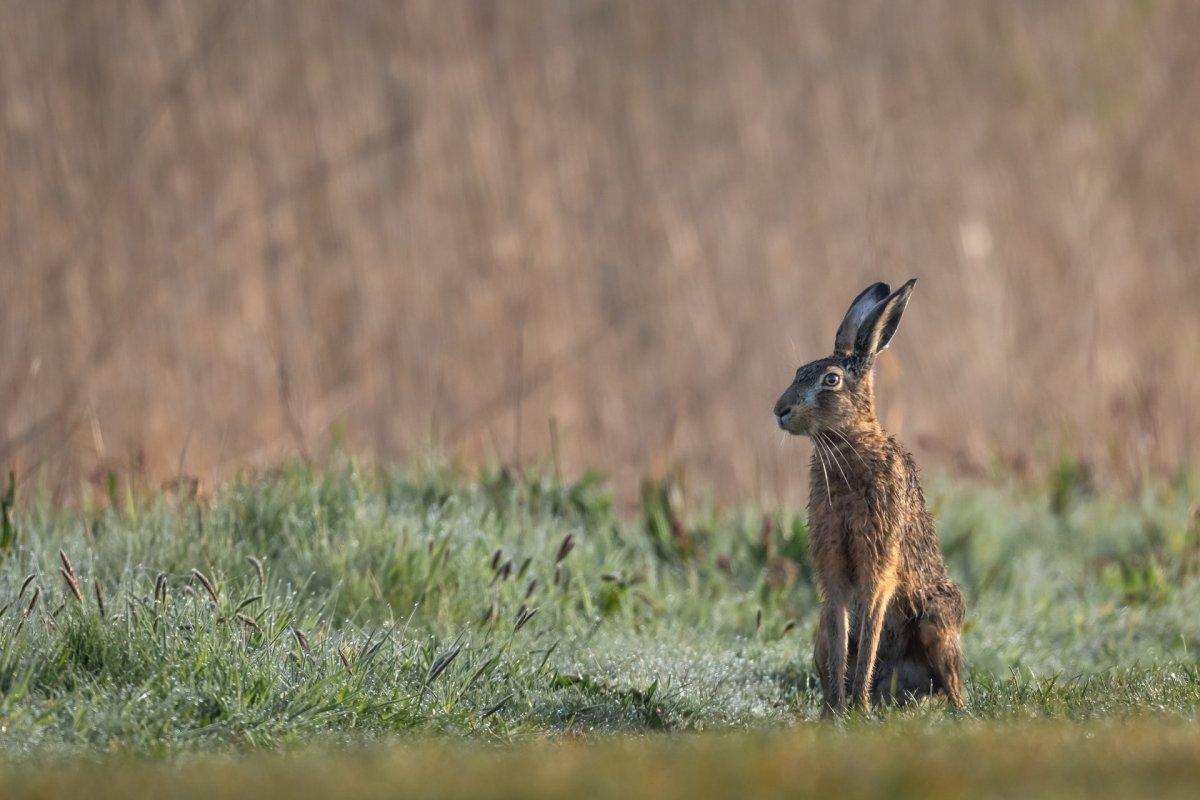
- Name: European hare
- Scientific name: Lepus europaeus
- Conservation status:
The European hare, also known as the brown hare, is a species of hare native to much of Europe and western Asia. It is one of the largest hare species, and it lives in a temperate, open country.
Similarly to other hares, the European hare has particularly long hind limbs, which are ideal to run extremely fast. In Poland, it mainly lives in areas with few forest edges, so foxes cannot attack it without being noticed.
—
So there you have them, these were my 20 Poland native animals. I hope you enjoyed this list and that you learned something new today.
In case you want to learn more about the animals that live in Poland, feel free to keep reading, as I still have lots of things to tell you about:
Endangered Animals of Poland
This is definitely the saddest part of the list, but it is very important to raise awareness. Because of this, let’s go through the list of endangered animals in Poland.
Here are the animals in danger of extinction in Poland.
- Auroch
- Sociable lapwing
- Yellow-breasted bunting
- Common hamster
- European mink
- Balearic shearwater
- and 2 more…
- European rabbit
- Saker falcon
- European souslik
- Steppe eagle
- Egyptian vulture
- and 2 more…
To see the full list of endangered species in Poland, head over to the International Union for Conservation of Nature’s Red List.
What is the National Animal of Poland?
The national animal of Poland is the white eagle.
The white eagle, a symbolic creature, is the most emblematic symbol of Poland. It is featured on the country’s coat of arms, currency (Złoty), football jerseys, and the highest honor bestowed by the state (the Order of the White Eagle).
Legend says that the founder of Poland, Lech, found a white bird, fiercely protecting its young, while he was hunting his brothers, Czech and Rus (reminds you of some countries?). He thought it was a good omen and decided to begin a settlement, which would later become Gniezno, the first capital of Poland.
How Many Animals Native to Poland?
What is the diversity of native animals in Poland?
Let’s look at the total number of species of Chordata (mammals, birds, fishes, and reptiles).
Total number of animal species in Poland: 669 (3,149 in total in Europe)
What is the most common animal in Poland?
There are quite a few common animals in Poland, but the most common of all has to be the Central European boar.
This wild pig can be found across all of mainland Europe, except for its northernmost and southernmost parts. It is an important symbol within its range and is frequently hunted. With an extremely large range, as well as large numbers and high adaptability, the Central European boar is not threatened whatsoever.
More About Animals in the World!
Loved these Poland wildlife facts? Want to see what animals live in other countries?
Then check out these posts:
Or click here to see ALL the facts up on the blog! Spoiler alert: there’s A LOT of them.
Share the knowledge! Click on the buttons below to share information about the animals found in Poland with your friends, and help them learn more about the world 🙂
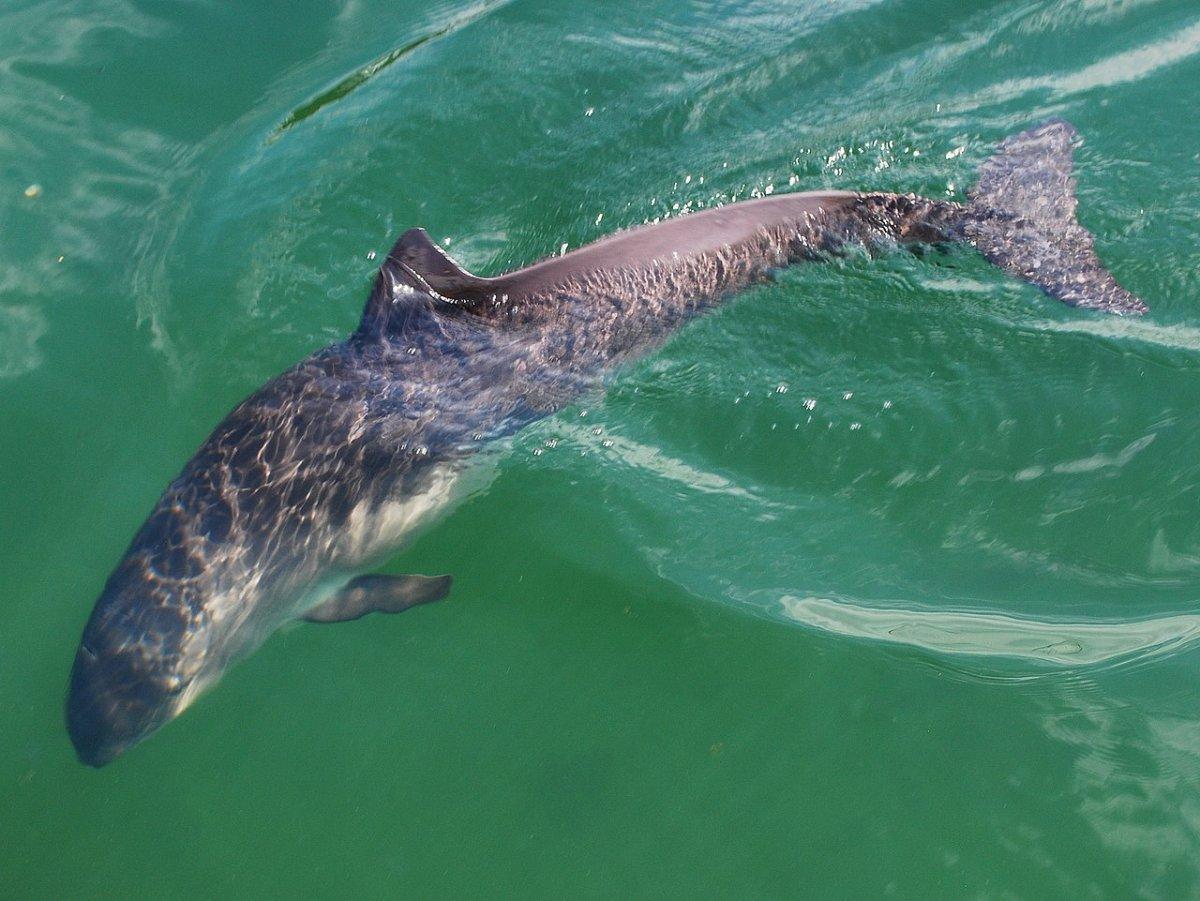
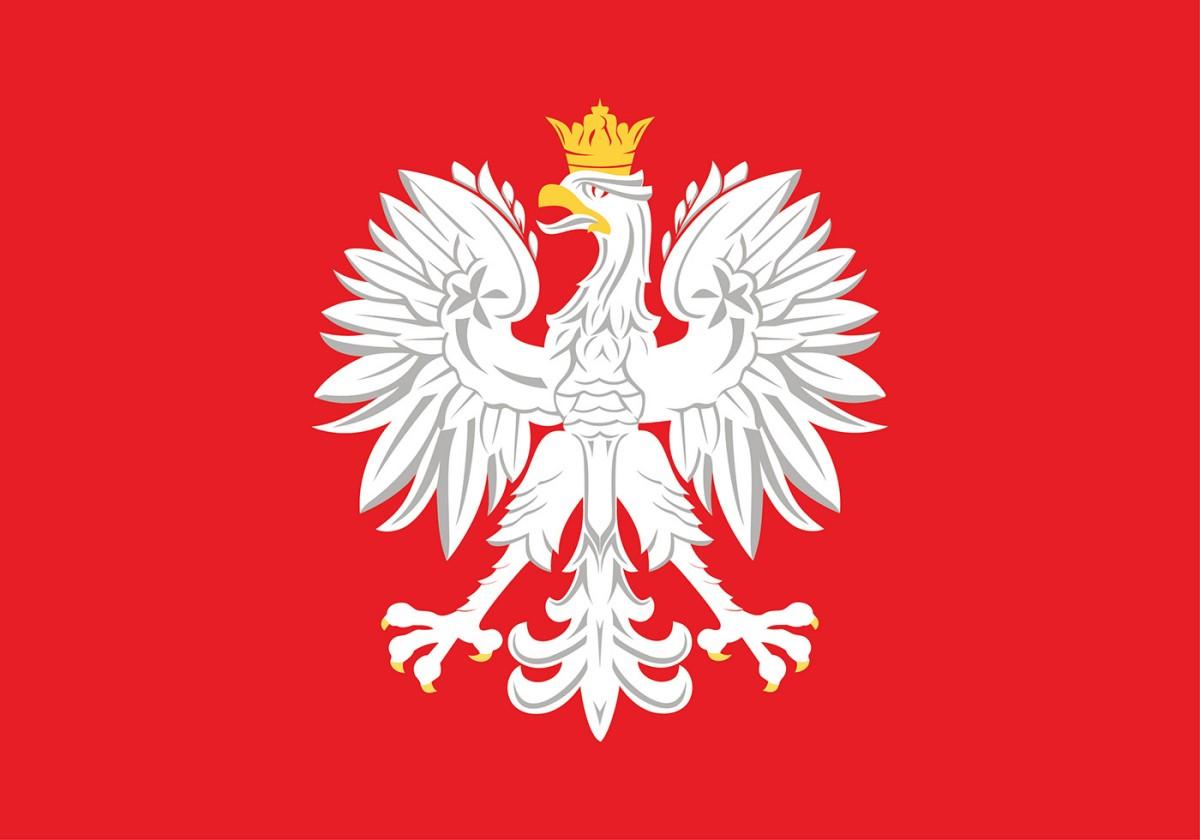

![21 Wild Animals in North Korea [Wildlife in North Korea]](https://www.kevmrc.com/wp-content/uploads/2022/12/21-wild-animals-in-north-korea.jpg)
![21 Wild Animals in Indonesia [Wildlife in Indonesia]](https://www.kevmrc.com/wp-content/uploads/2022/12/21-wild-animals-in-indonesia.jpg)
![25 Wild Animals in Sweden [Wildlife in Sweden]](https://www.kevmrc.com/wp-content/uploads/2022/10/25-wild-animals-in-sweden.jpg)